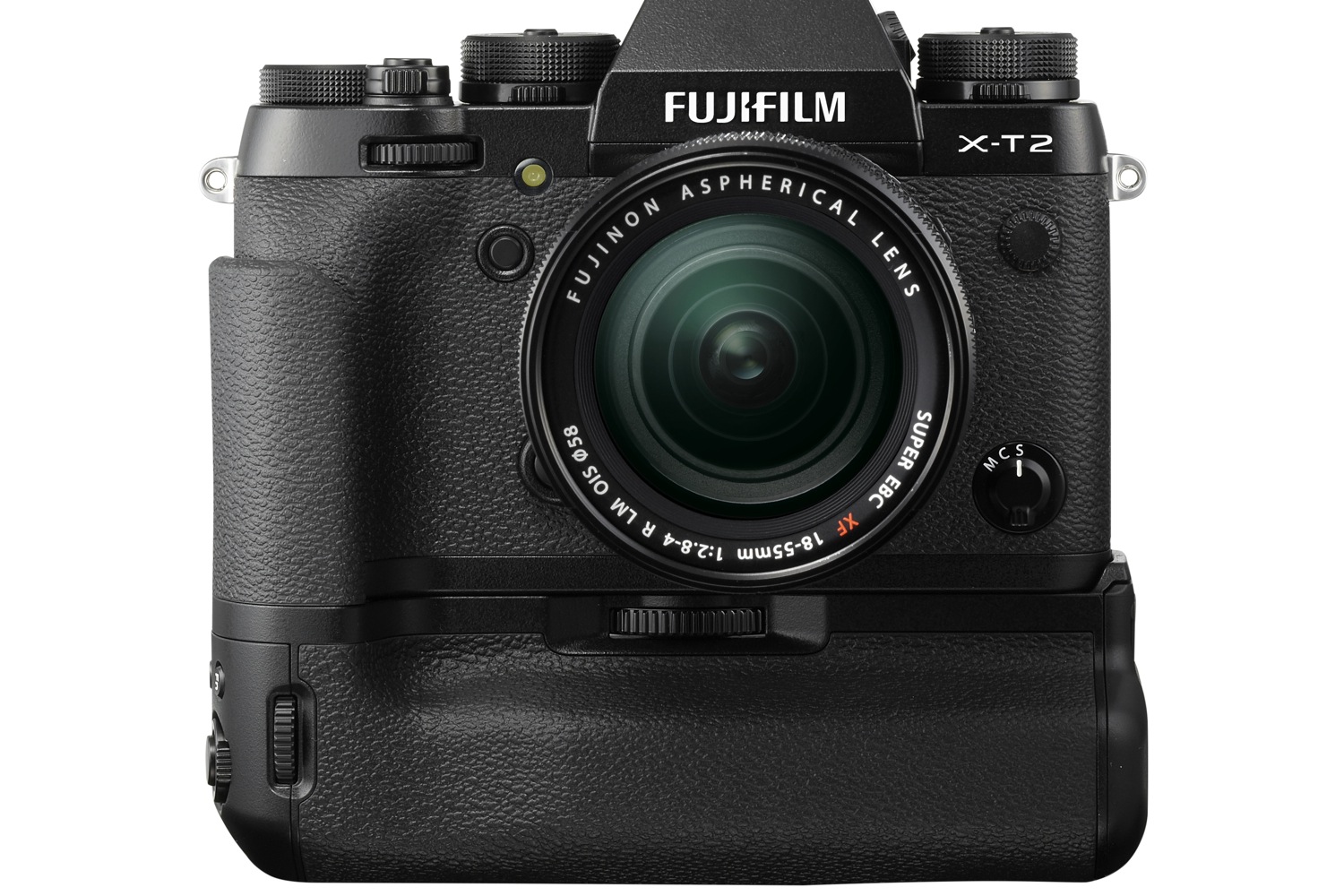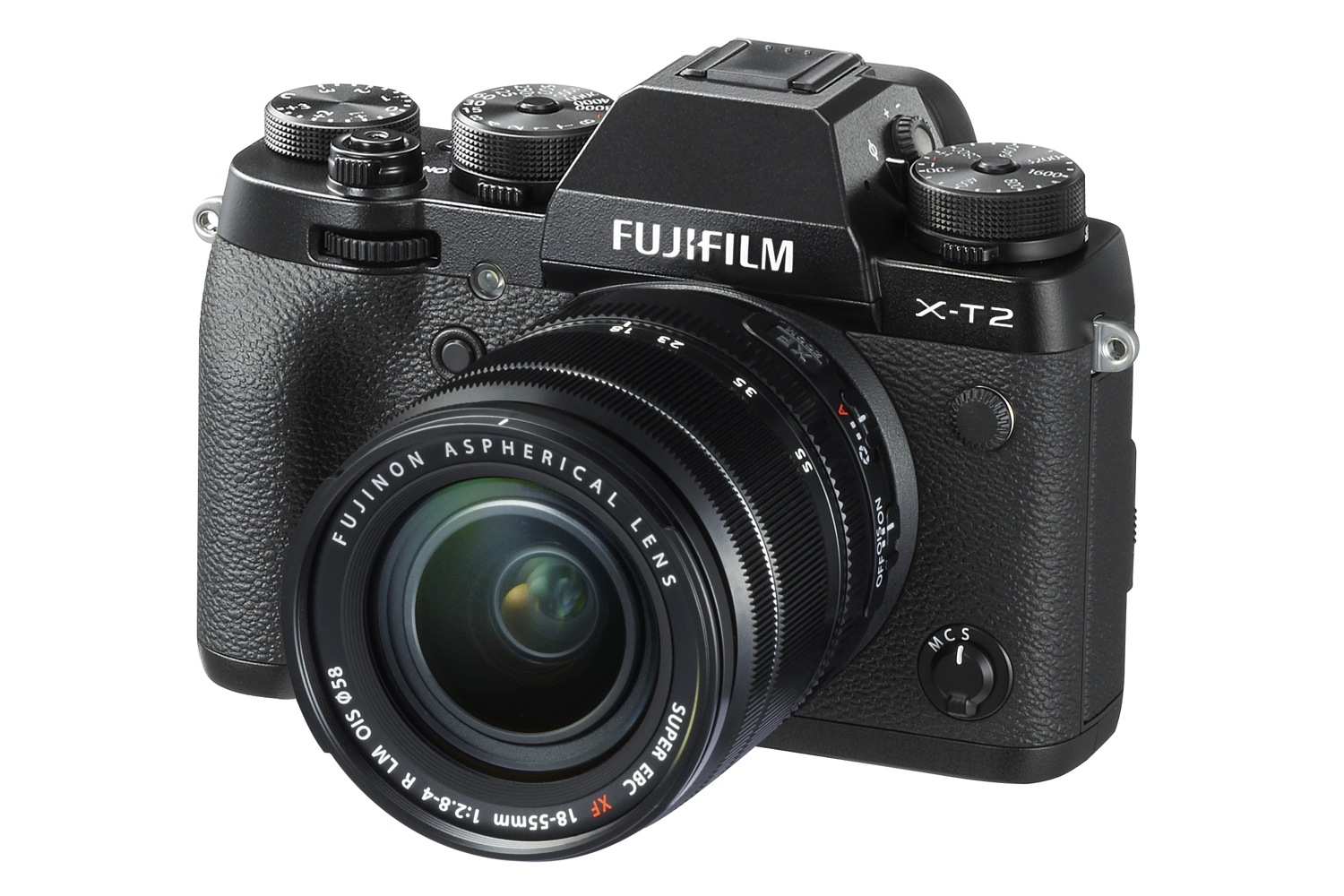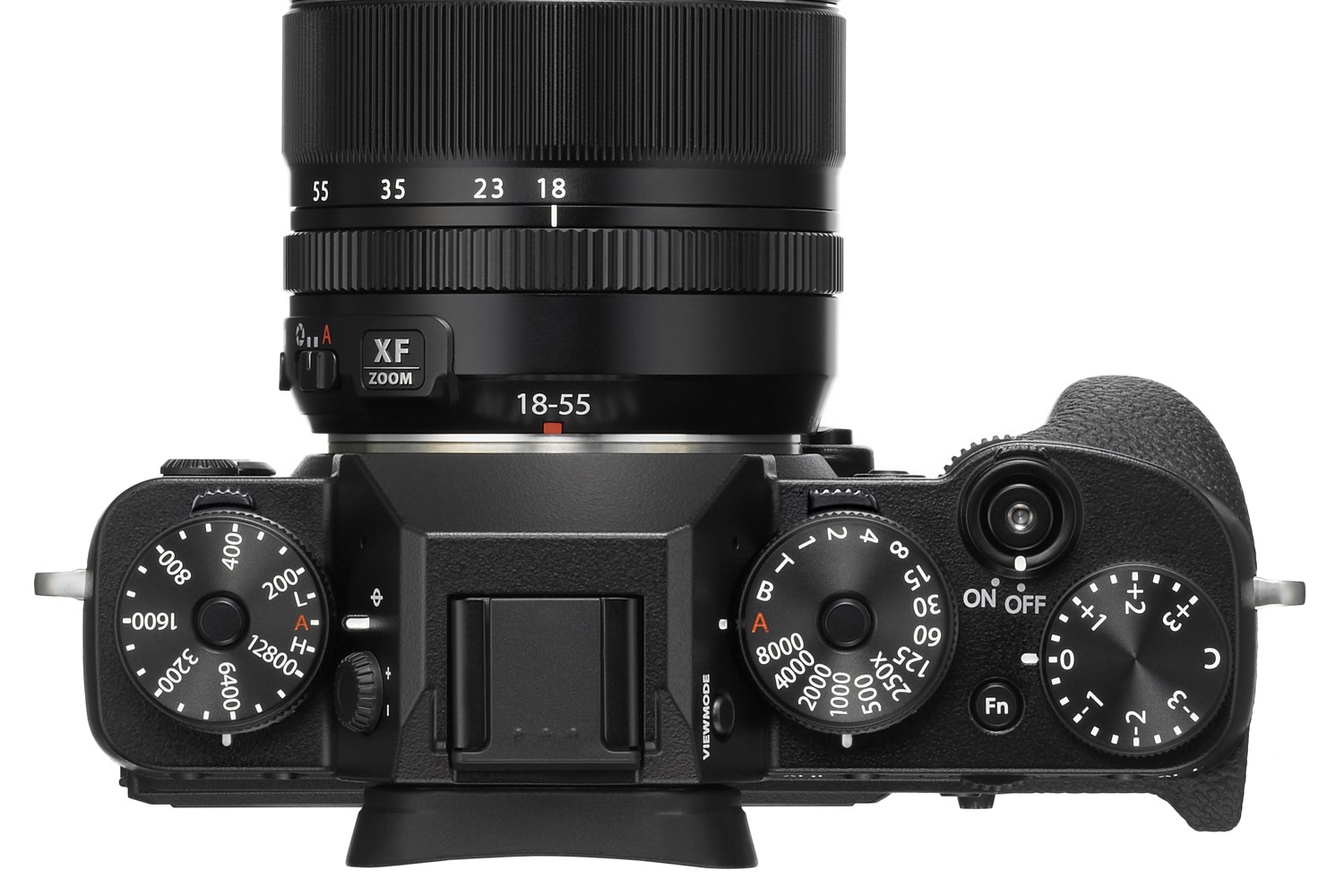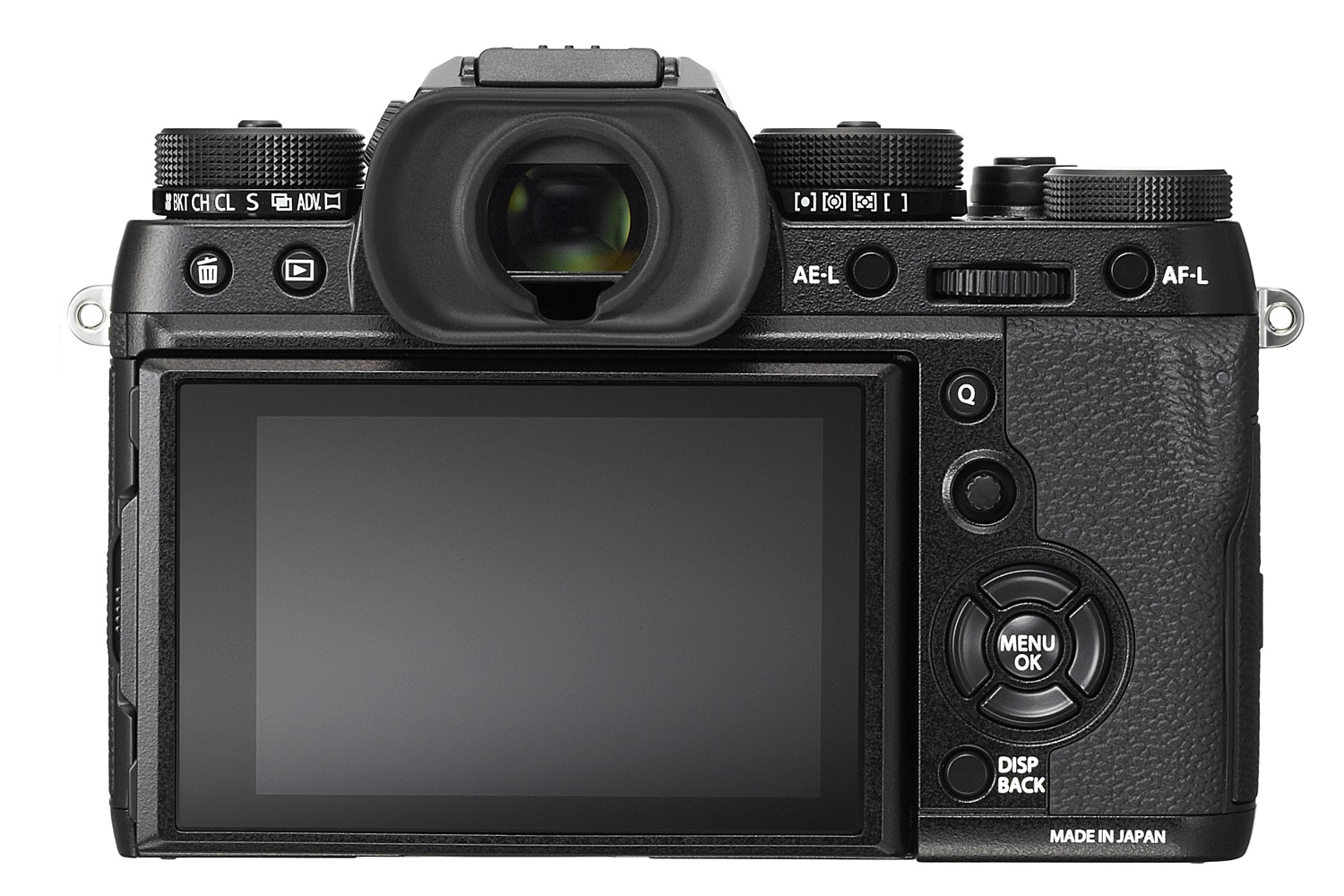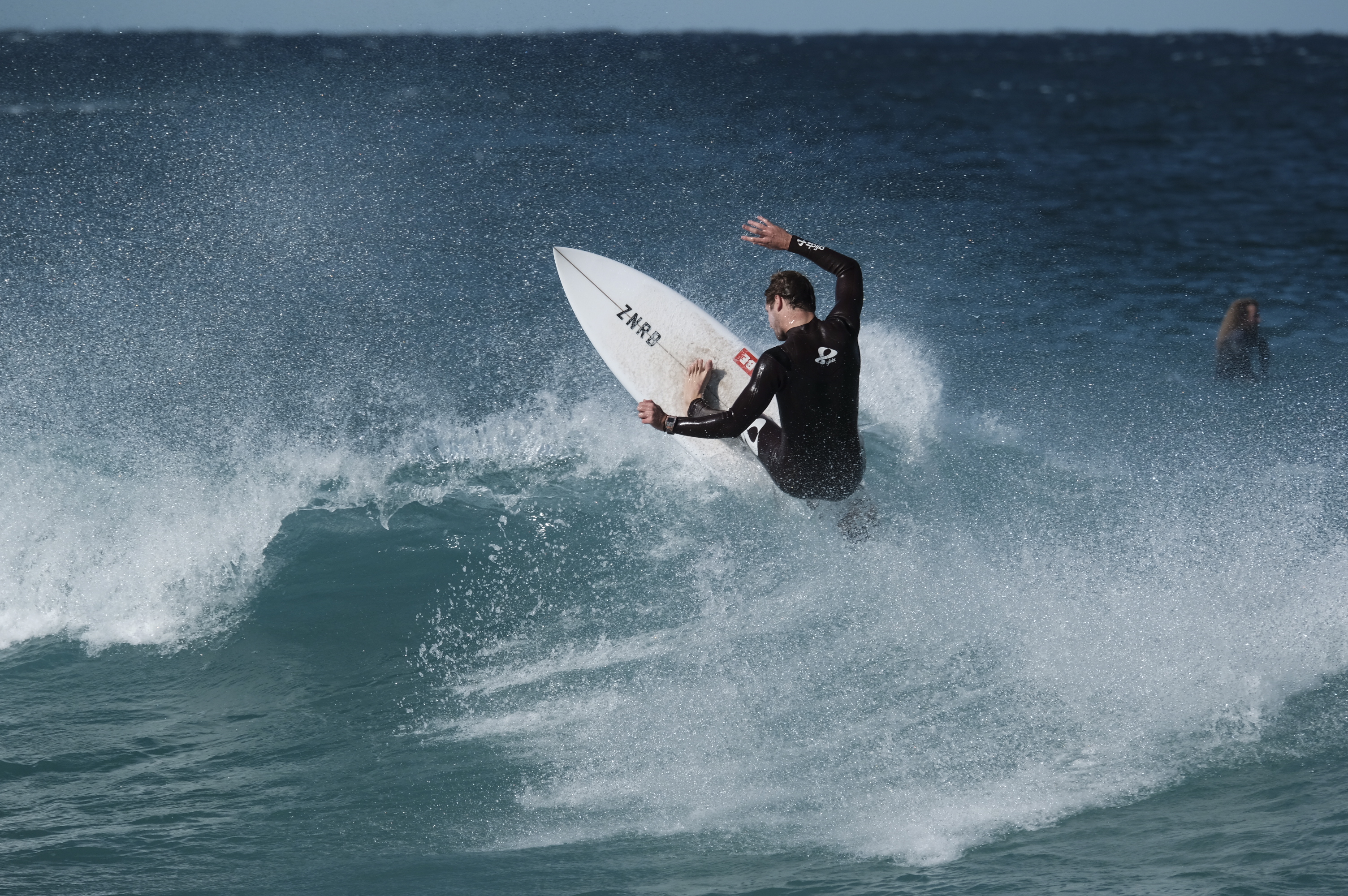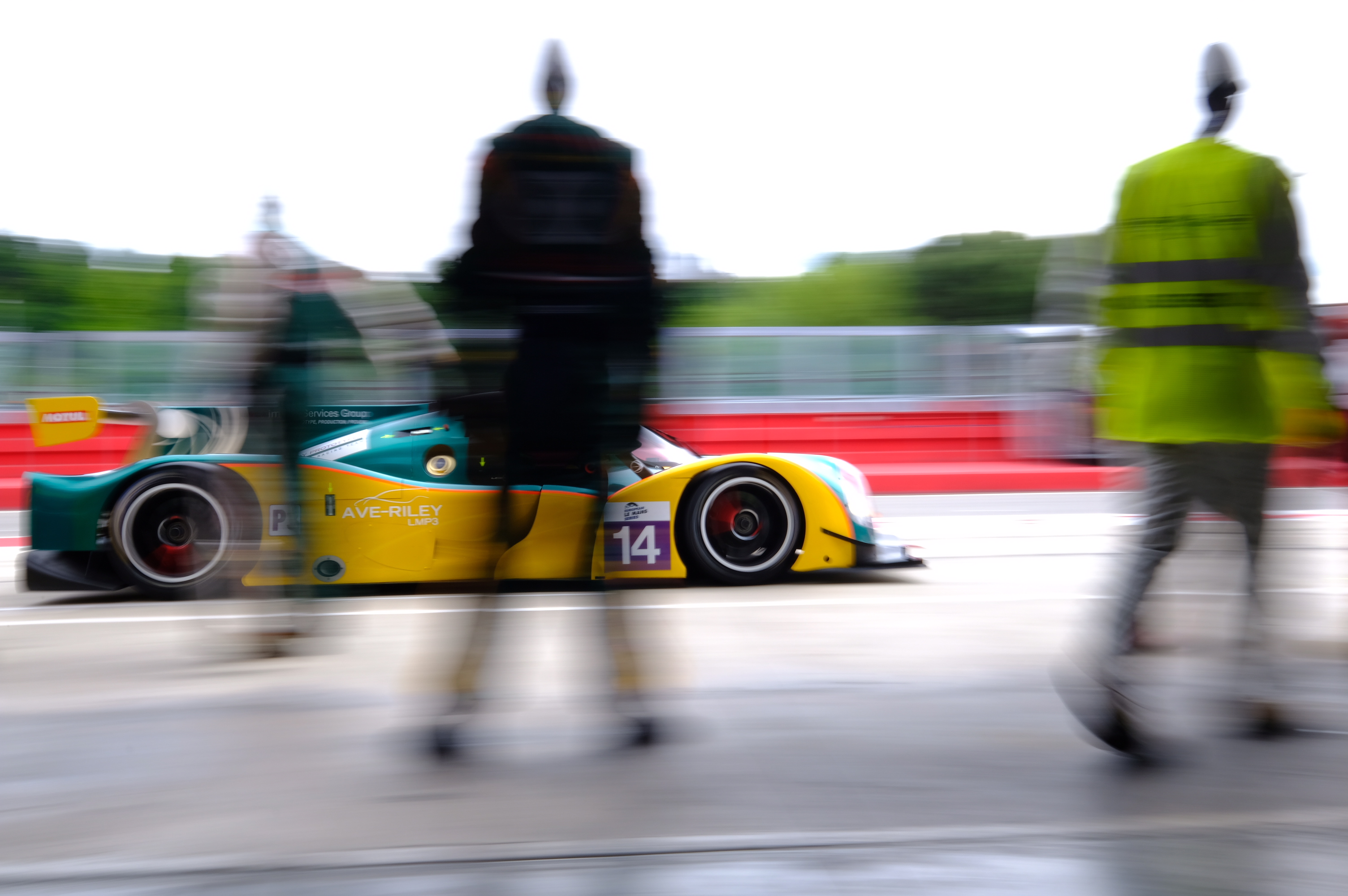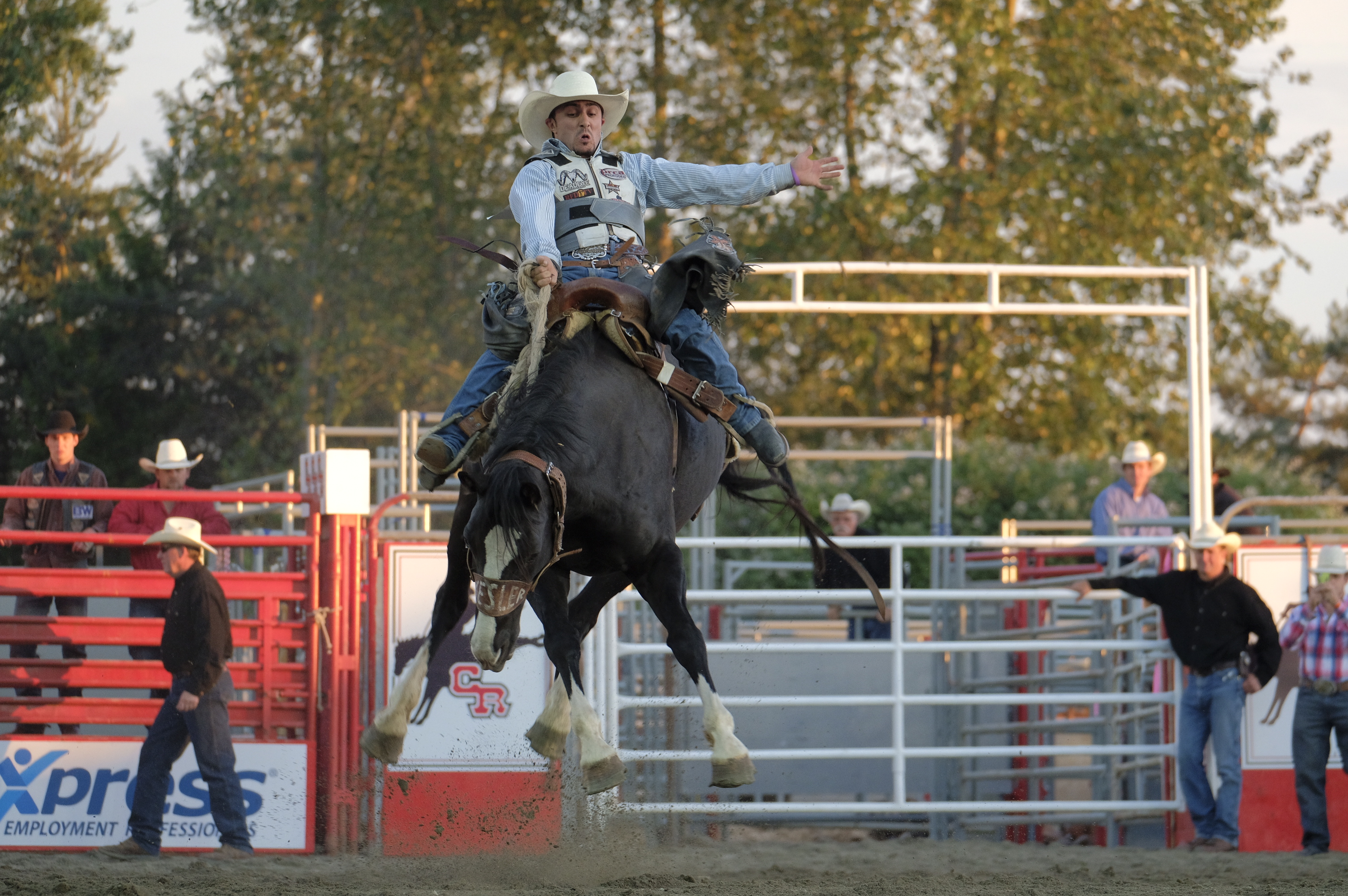After months of hype and speculation, Fujifilm has officially lifted the veil on its latest mirrorless camera, the X-T2. A second-generation camera, the X-T2 takes a healthy dose of aesthetic inspiration from its predecessor while stepping up its game in terms of specs.
Updated on July 8, 2016: We added new photos from the X-T2 launch event in New York City, as well as some first impressions (not a full review).
Stylistically the camera looks similar to the X-T1, but not so inside. At the heart of the X-T2 is a 24.3-megapixel APS-C X-Trans CMOS III sensor. A massive improvement over the X-T1’s 16-megapixel X-Trans CMOS II sensor, this third-generation variant, first introduced in the X-Pro2, is capable of shooting up to 11 frames per second (fps) when used in conjunction with the Vertical Power Booster Grip, a new battery grip released alongside the X-T2. The sensor also lack a low-pass filter, which helps to enhance image quality.
In addition to still images, this new sensor is also capable of capturing 4K video at up to 30 fps – a first for Fujifilm’s X-series mirrorless lineup. Videos will be limited to 10-minute clips, but it’s possible this limitation could be overcome with a firmware update in the future; with the grip, you can achieve 30 minutes. Noteworthy is that 4K videos support Fujifilm’s Film Simulation mode, for that creative touch that mimics the look for the company’s films products, like Acros.
Driving the focusing capabilities of the X-T2 is a new 325-point autofocus system, with phase-detection points that cover approximately 40 percent of the sensor’s surface, and improved contrast-detection that covers approximately 65 percent.
With the high-speed X-Processor Pro and the use of improved algorithms, the X-T2 now refocuses more frequently, enabling predictive AF of advanced accuracy.
According to Fujifilm, “The X-T2 also has an enhanced ability to autofocus on small points of light, low-contrast objects and subjects with fine and delicate textures such as bird feathers and animal fur.” In continuous autofocus mode (AF-C), Fujifilm says tracking focus is even more accurate than before.
The X-T2 has an ISO range between 200 and 6,400, with extended options for 100, 12,800, 25,600, and 51,200.
One of the most important components to any mirrorless camera is its electronic viewfinder (EVF). Fujifilm made sure to not skimp with the X-T2, putting in a 0.48-inch, 2.36 million-dot OLED viewfinder that has a lag time of only .005 seconds and a refresh rate of 60 fps. For composing and reviewing images on a larger screen, the X-T2 has a 3-inch, 1.04 million-dot tilting rear LCD display.
The camera itself is made up of a magnesium alloy and is dust and moisture resistant thanks to 63 weather sealed points throughout its construction.

Alongside the X-T2, Fujifilm has released the aforementioned Power Booster Grip as well as the EF-X500, a new hot-shoe mount speedlight for X-series cameras. The EF-X500 is Fujifilm’s most powerful flash yet and is capable of being used alongside multiple flashes for a multi-light setup.
The X-T2 is set to go on sale in September with an MSRP of $1,600 (body-only). A kit with Fujifilm’s XF 18–55mm lens will also be available in September, for $1,900. The EF-X500 flash will launch alongside the X-T2 in September and retail for $450. The pricing for the grip has not been announced.
First impressions
We had an opportunity to give the X-T2 a quick hands-on during the camera’s launch event in New York City, where several X-T2s were set up with various lenses, including a Fujinon lens normally used for broadcasting. If the X-T1 was designed for portrait and landscape photography, then the X-T2 is about video (there’s HDMI-out with F-log, zebra pattern, and 4.2.2./8-bit). And with a faster autofocusing and burst shooting, there’s an emphasis on action photography as well. The X-T2 is a DSLR challenger, and based on first impressions, Fujifilm has created a strong workhorse. We didn’t have a chance to fully review image quality, so we will leave that for another time, but from what we could examine on the nifty tilting LCD – enlarging as far as we could go – the camera captures nicely sharp and detailed images. And the X-Trans sensor creates great looking images that’s uniquely Fujifilm, judging from the enlarged printouts Fujifilm had put up around the venue.
If you’re an existing X-T1 or other Fujifilm camera user, the X-T2 should feel like home. The X-T2 resembles the X-T1 for the most part. If you’re new, it may feel a bit odd at first. There’s no conventional mode dial, and there’s no all-auto mode. Instead, there are lockable dials for ISO, shutter speed, and exposure compensation, as well as secondary dials for other shooting parameters. It’s a camera for those who love physical controls.
Justin Stailey, senior manager of product development at Fujifilm, says the EVF is now more DSLR-like, thanks to its faster refresh at 5 fps (versus 3 fps in the X-T1). If you’re shooting action shots, this more responsive EVF is handy. In general, EVFs in mirrorless cameras are improving greatly, and this is one example. In our hands-on, the EVF was quite responsive with the movements of the staged models, but we noticed that the LCD seemed to lag at various moments.
Fujifilm says that more lenses are in development, including a 20mm f/2 and a 50mm f/2, as well as a macro lens. The camera will also support tethering with Adobe Lightroom, coming this fall. Stay tuned for a full review.
Les Shu contributed to this article.
Editors' Recommendations
- S.T.A.L.K.E.R. 2 to feature NFTs, turn players into NPCs in exchange for crypto
- Fujfilm X-T200 vs. Fujifilm X-T30: A close call
- Fujifilm X-T4 vs. Sony A6600: Top APS-C mirrorless cameras compared
- The mirrorless Fujifilm X-T4 camera brings a stabilized sensor for the first time
- The Fujifilm X-T4 looks flawless. Is it the perfect camera?

